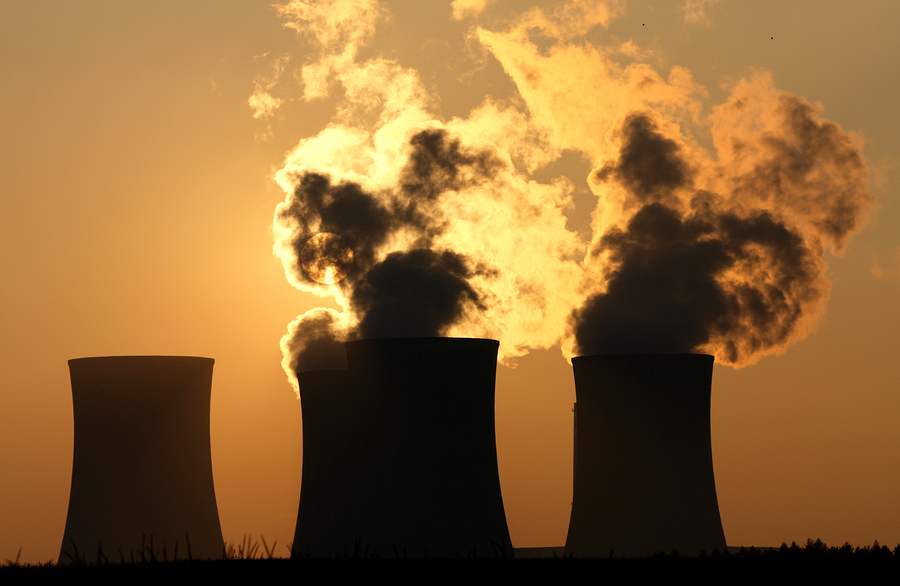Pacific Gas & Electric Co., also know as PG&E- one of California’s largest energy utilities- made the decision to close the Diablo Canyon nuclear plant by 2025 after their operating licenses expire. While this step runs counter to the nuclear industry’s arguments that curbing carbon emissions and combating climate change require the use of nuclear power, it’s welcome news to many in the state.
PG&E joined forces with Friends of the Earth environmental group to put together a deal that will bring the company closer to the mandate that 50% of California’s electricity generation come from renewable energy sources by 2030. While this ends the state’s history as a nuclear pioneer, it adds a bit of ‘street cred’ to its clean energy reputation. Currently, California leads the nation- by far- in the use of solar energy generated by rooftop panels and by sprawling power arrays in the desert.
From the LA Times:
“California is already a leader in curtailing greenhouse gases,” said Peter Bradford, a former member of the U.S. Nuclear Regulatory Commission. “Now they’re saying they can go even further. That’s potentially a model for other situations.”
The power produced by Diablo Canyon’s two nuclear reactors would be replaced with investment in a greenhouse-gas-free portfolio of energy efficiency, renewables and energy storage, PG&E said. The proposal is contingent on a number of regulatory actions, including approvals from the California Public Utilities Commission.
The Diablo Canyon nuclear plant, built against a seaside cliff near Avila Beach, provides 2,160 megawatts of electricity for Central and Northern California — enough to power more than 1.7 million homes.
The recent announcement comes after a long debate over the plant, which sits near several earthquake fault lines- like the Hosgri Fault- which is just three miles away (it was discovered in 1971, three years after construction of the plant began).
Even though PG&E said Diablo Canyon could safely withstand earthquakes, tsunamis, and flooding, in documents submitted to the federal Nuclear Regulatory Commission, there are those who see the plant as nothing more than unnecessary danger.
More from the LA Times article:
“State senate leader Kevin de León (D-Los Angeles) echoed Hirsch by saying nuclear energy is “inherently risky, and the Diablo Canyon Power Plant is vulnerable to damage from natural disasters that could threaten the well-being of millions of Californians. This transition will make our energy sources less volatile, more cost-effective, and benefit the air we breathe.”
But this is the new ebb and flow of the industry. In February 2013, Duke Energy announced it would close the Crystal River, Fla., nuclear plant after a steam generator replacement project led to cracks in the concrete reactor containment building. And later that year, in May, Dominion Resources Inc., permanently shut down the Kewaunee nuclear plant in Wisconsin after the power company said it was no longer affordable to operate the facility.
A month after that, Southern California Edison permanently closed the San Onofre plant after it was determined that fixing the new, but faulty, steam generators would be too expensive.
Renewable energy makes more sense and those in the industry are now focusing on solar and wind power. I know that we need energy to make the world go round, but after watching the devastation that was caused by Fukushima, the more nuclear plants we can close here, the better I’ll feel.
Source: LA Times












